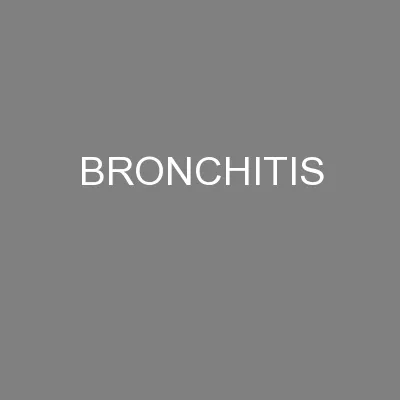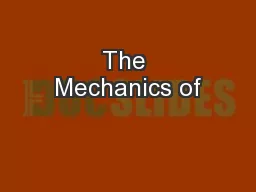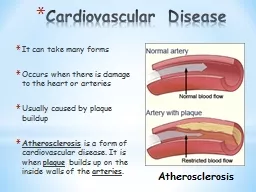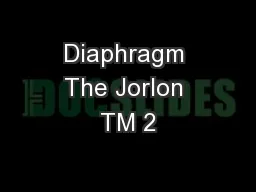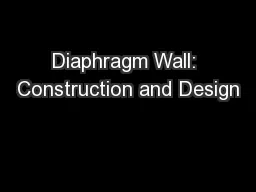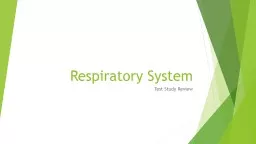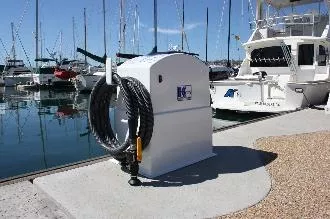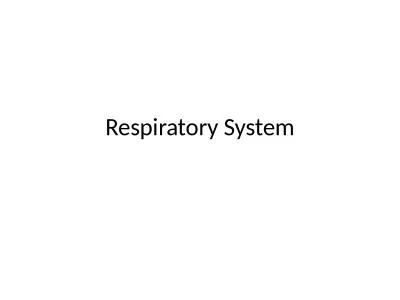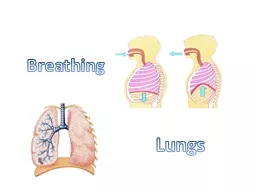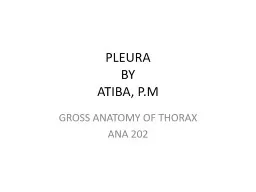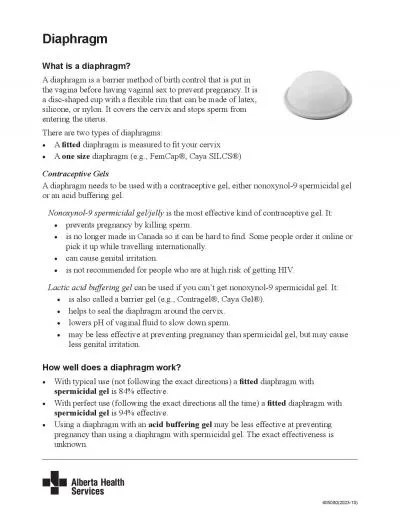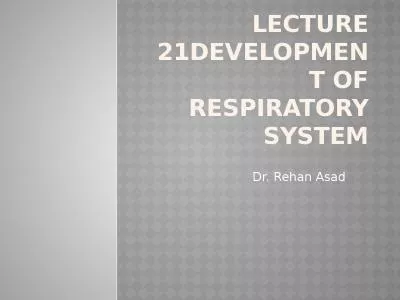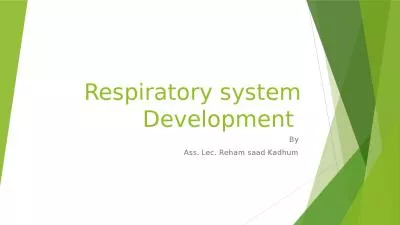PPT-Bronchi, lungs, pleura and diaphragm
Author : skylar | Published Date : 2024-03-13
Dr Paul Strutton Department of Surgery amp Cancer Faculty of Medicine Monday 18th February 2013 Bronchial tree Trachea Extends from vertebral level C6 to T45 Held
Presentation Embed Code
Download Presentation
Download Presentation The PPT/PDF document "Bronchi, lungs, pleura and diaphragm" is the property of its rightful owner. Permission is granted to download and print the materials on this website for personal, non-commercial use only, and to display it on your personal computer provided you do not modify the materials and that you retain all copyright notices contained in the materials. By downloading content from our website, you accept the terms of this agreement.
Bronchi, lungs, pleura and diaphragm: Transcript
Download Rules Of Document
"Bronchi, lungs, pleura and diaphragm"The content belongs to its owner. You may download and print it for personal use, without modification, and keep all copyright notices. By downloading, you agree to these terms.
Related Documents


